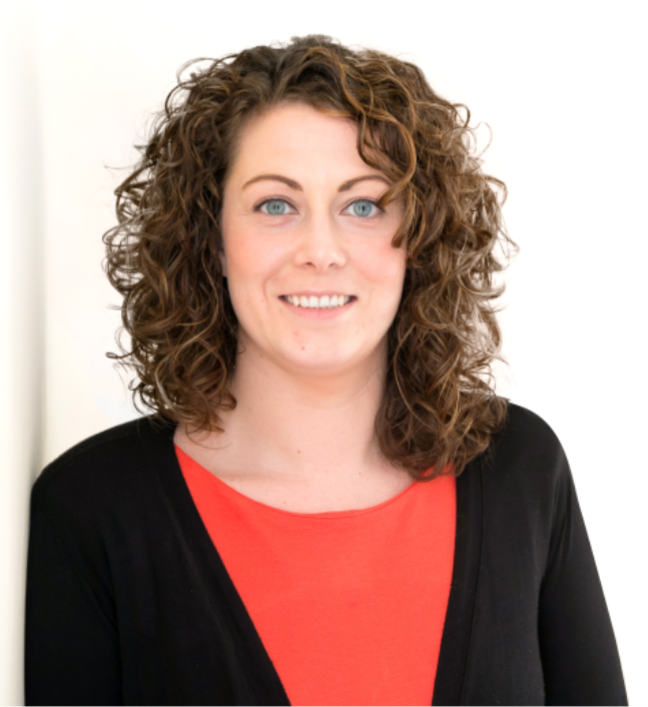What is deferred tax?
Posted on 31st October 2019
In its most basic form, deferred tax is just that - a tax that you pay in a later accounting period instead of the present one. You’re shifting the tax burden from the current year into future years. However, when it comes to the tax position of limited companies, it’s a little more complicated.
The most common reason deferred tax occurs for small businesses is when they purchase equipment (for accounting purposes these are known as Fixed Assets). This might be computer equipment (laptop, printer, PC), plant and machinery (tools and equipment) or motor vehicles. When a company purchases a Fixed Asset there is a difference between accounting treatment and treatment for tax purposes.
Accounting Treatment
For accounting purposes, any Fixed Asset would not usually be used up within the same accounting period it is purchased and instead is deemed to have an expected useful life. As an example, typically computer equipment will have an expected useful life of 4 years. In the accounts, we do not treat the purchase of the Fixed Asset as a cost in the year it is purchased - instead it is treatment as a business asset and we apply a cost - known as depreciation each year of it's useful life. So, we spread the cost of the asset over 4 years.
Tax Treatment
HMRC however allows companies to deduct what it calls 'capital allowances' for any such items. And these capital allowances can be deducted from their taxable profits, helping firms pay lower taxes when they spend on things like equipment.
Deferred corporation tax example
You run a business that generates £10,000 in profit per year. In year one, you buy a laser printer for your office that costs £2,000. Your accountant says that the laser printer will depreciate by £500 per year and, after 4 years, will be worthless.
For the sake of simplicity, let's say that your profits stay at precisely £10,000 for the following five years.
If tax was based on the accounting treatment, in year one to five, you would pay tax on a profit of £9,500 (£10,000 - £500).
However, thanks to the capital allowance rules, you can deduct the full £2,000 from your £10,000 taxable profits in year one, therefore paying tax on a profit of £8,000.
Overall, the same cost is claimed, and across the five years, the same tax will be paid - but it brings forward/accelerates the tax deduction for you!

Still unsure about deferred tax?
If you see Deferred Tax in your accounts, and you are still unsure what it all means, that is what we are here for. We will explain it all in clear, plain English.
Feel free to get in touch – book a call with Nicola, or drop us an email. We would love to help you.

Written by
Nicola J Sorrell
- Effective Accounting
Founder | Xero Champion | IR35 Expert
Share this post:


